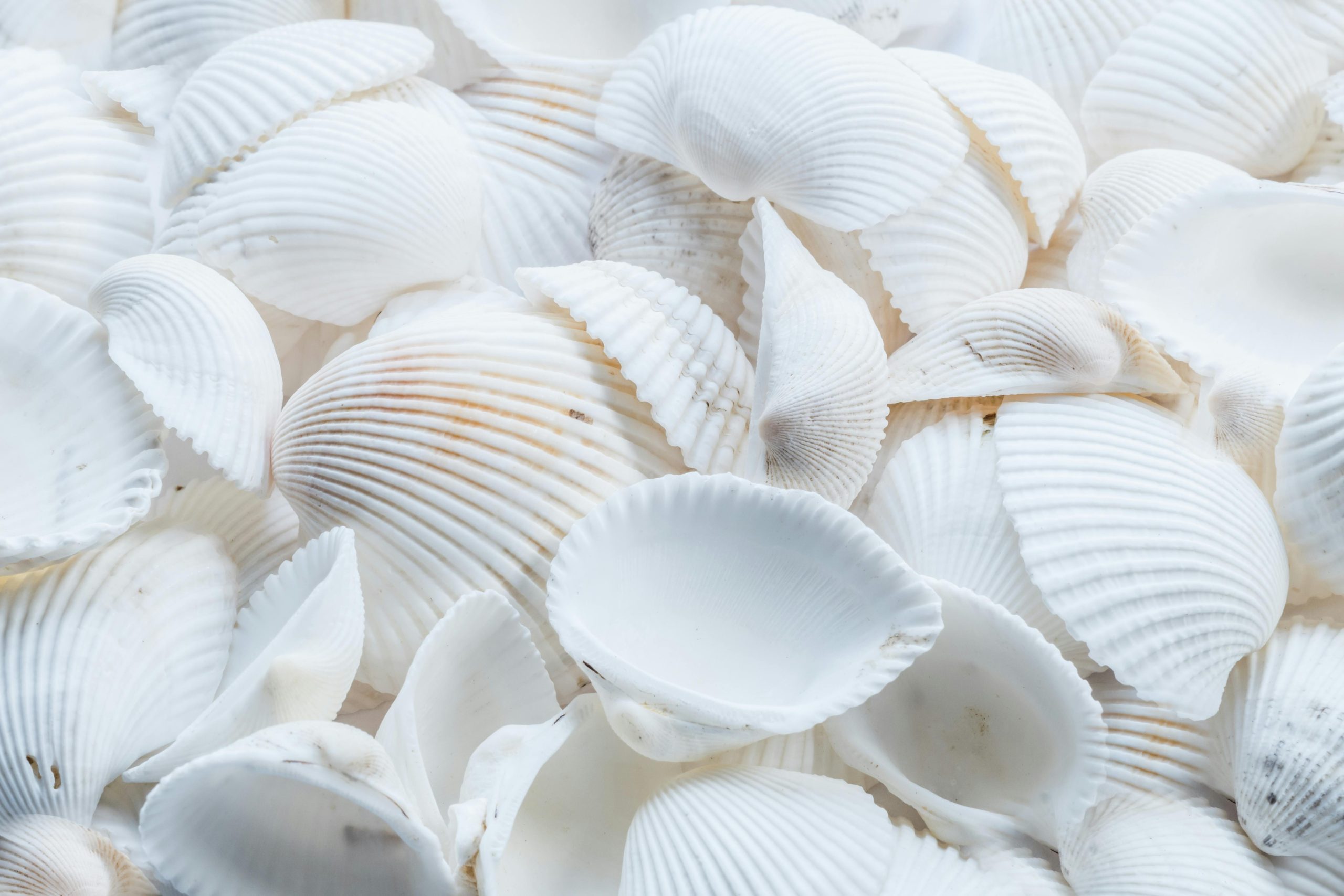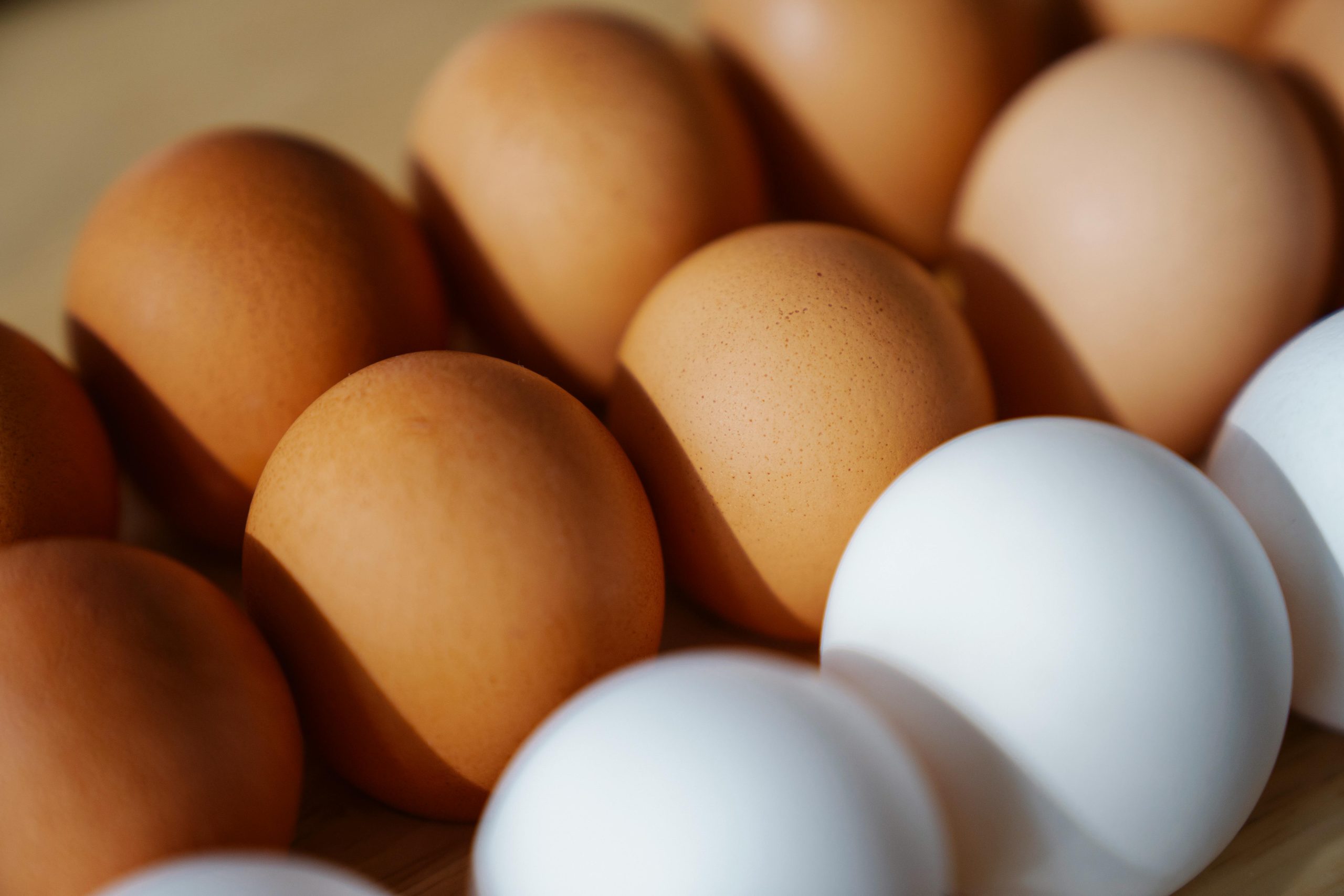The freezer is an essential kitchen tool for preserving food and reducing waste. However, once a frozen item is thawed, the clock starts ticking. Thawing allows dormant bacteria to become active and multiply. While some foods can be safely refrozen, many should not be. Refreezing them can lead to dangerous bacterial growth or a significant degradation in quality, texture, and flavor. Knowing which items don’t handle the thaw-and-refreeze cycle is crucial for both food safety and quality. Here are seven frozen items you should generally never thaw and then refreeze.

1. Raw Meat, Poultry, and Seafood
This is the most critical category for food safety. When you thaw raw meat, poultry, or seafood, especially at room temperature or in cool water, any bacteria present on the surface begin to multiply. Refreezing does not kill these bacteria; it just puts them back into a dormant state. Each time you thaw the item, the bacterial load can increase. The only safe way to refreeze raw meat is if it was thawed safely in the refrigerator and has not been held for too long. Never refreeze raw proteins that were thawed on the counter or in warm water.
2. Ice Cream and Other Dairy-Based Desserts
Ice cream that has thawed and been refrozen is a culinary disappointment. The original smooth, creamy texture is destroyed. During thawing, the tiny ice crystals melt. When refrozen slowly in a home freezer, they form large, crunchy ice crystals, making the ice cream grainy and unpleasant. Beyond the texture issue, if ice cream (which contains dairy and sugar) has sat out at room temperature for an extended period, it could also pose a bacterial risk.
3. Complex Combination Dishes (e.g., Casseroles, Lasagna)
Frozen casseroles, lasagna, or pot pies often contain a mix of ingredients with different textures—pasta, sauces, cheese, vegetables, and meat. When a dish like this is thawed and then refrozen, the quality can suffer immensely. Sauces can separate and become watery. Pasta can turn to mush. Cooked vegetables can become unpleasantly soft. The overall dish can become a textural mess, even if it remains safe to eat.
4. Fish Fillets or Shellfish
Seafood is particularly delicate. Thawing and refreezing fish fillets can severely damage their cell structure, resulting in a mushy, watery texture when finally cooked. It can also lead to strong, unpleasant fishy odors and flavors developing. For shellfish like shrimp, refreezing can make them tough and rubbery. For the best quality and safety, seafood should be cooked shortly after its first thaw.
5. Juices and Juice Concentrates
When frozen juice concentrates or prepared juices thaw, the water and solids can begin to separate. Refreezing might not bring them back to their original uniform consistency. More importantly, the sugars in juice provide a good environment for bacteria or yeast to grow once thawed. Refreezing a contaminated juice will not make it safe. It’s best to discard any juice that has been thawed and left at room temperature for an extended time.
6. Raw Eggs (Removed from Shell) or Egg-Based Dishes

While you can freeze raw eggs outside of their shell, once they are thawed, they should be used immediately and not refrozen. The same goes for any cooked egg dishes like quiches or frittatas. Thawing and refreezing can lead to a watery, rubbery, and unpalatable texture. The risk of bacterial growth in thawed egg products is also a significant concern.
7. Any Food Thawed in the Microwave or Hot Water
If you use a quick-thaw method like the microwave or running hot water over a frozen item, you must cook it immediately afterward. These methods can raise parts of the food to temperatures that encourage rapid bacterial growth. It is never safe to refreeze food that has been thawed using these quick methods, as it may have already spent time in the temperature “danger zone” where bacteria thrive.
The Safe Way to Refreeze
It’s important to note that if you thaw raw meat, poultry, or seafood safely in the refrigerator and then cook it thoroughly, you can safely freeze the cooked dish. The key is that the initial thawing process must be done at a safe, cold temperature (below 40°F or 4°C). This minimizes bacterial growth. However, never refreeze a raw item that was thawed, even in the fridge, if its quality or freshness seems questionable.
When in Doubt, Throw It Out
Proper freezer management is key to both food safety and quality. While freezing is an excellent preservation method, the cycle of thawing and refreezing can be risky for many foods. It can degrade texture and flavor, and more importantly, it can create opportunities for harmful bacteria to multiply. For critical items like raw meat and seafood, dairy desserts, and complex dishes, it’s best to adhere to a strict “thaw once” policy. When it comes to food safety, the guiding principle should always be: when in doubt, throw it out.
What are your rules for thawing and refreezing food? Have you ever had a bad experience with refrozen items? Share your food safety tips and stories below.
Read More
9 Healthy Foods That Are Quietly Raising Your Blood Sugar
6 Popular Frozen Meals That Nutritionists Say Are Misleading
The post 7 Frozen Items That Should Never Be Thawed and Re-Frozen appeared first on Grocery Coupon Guide.







